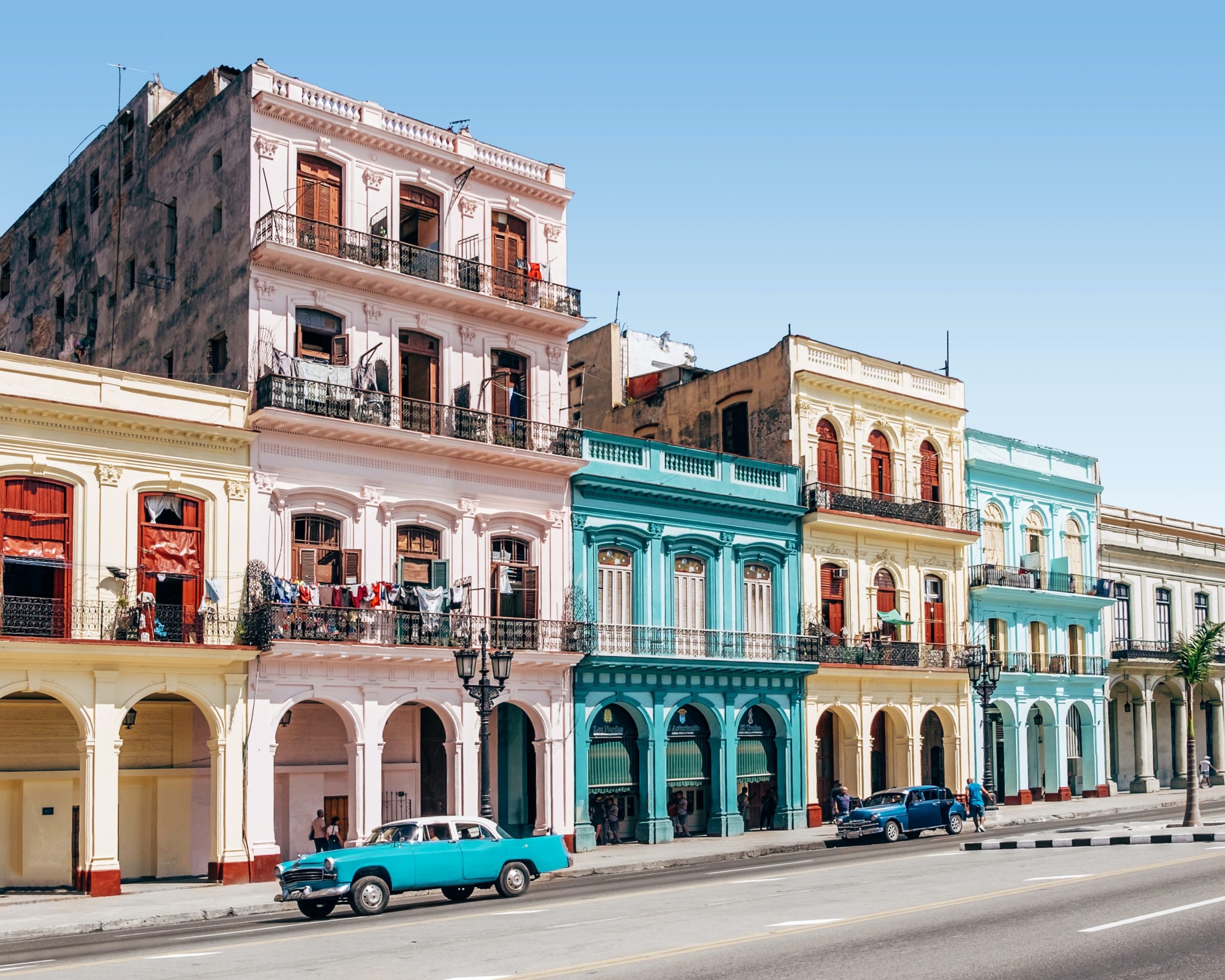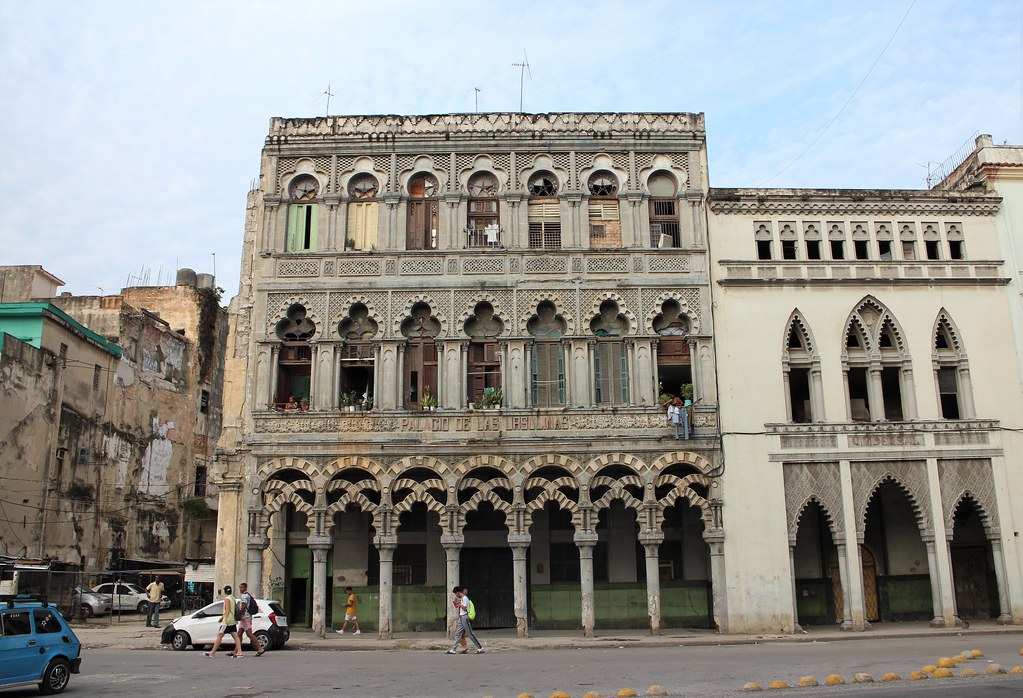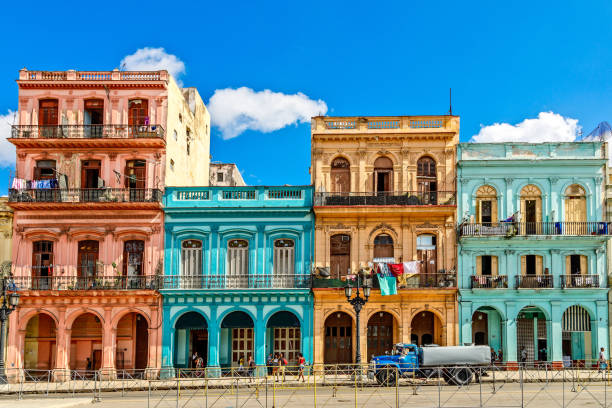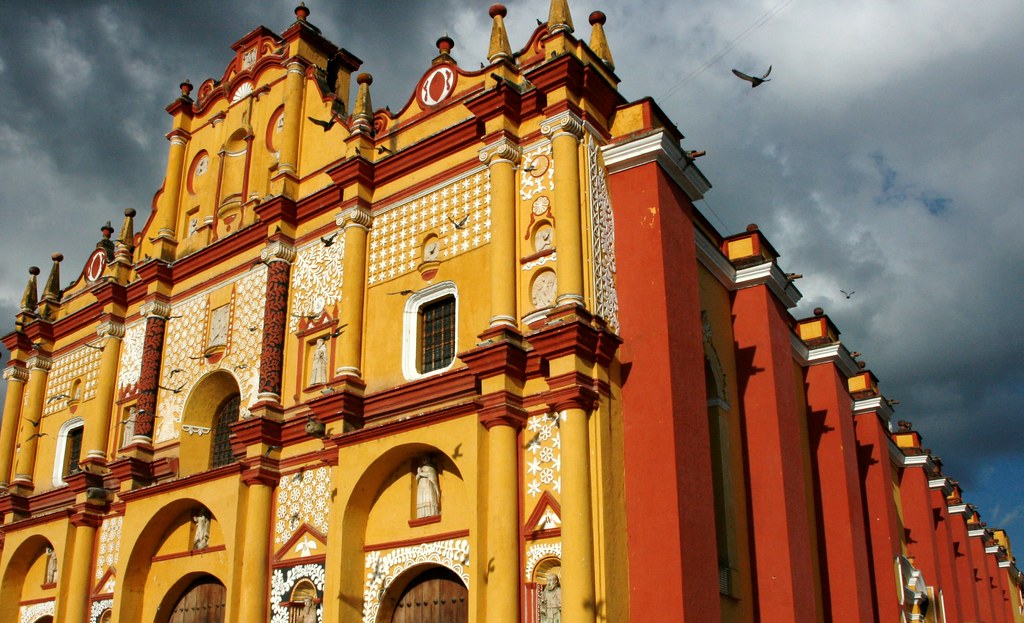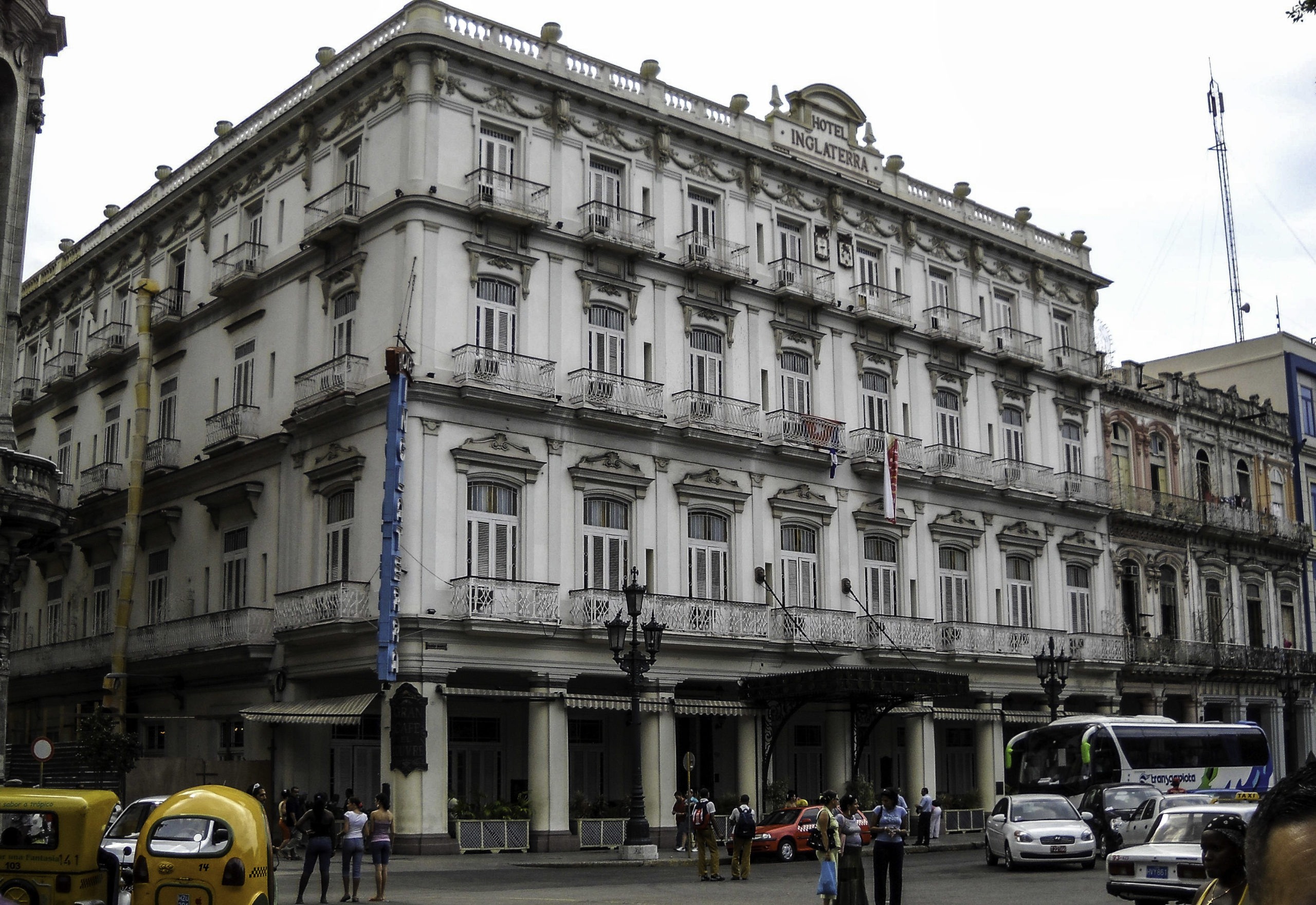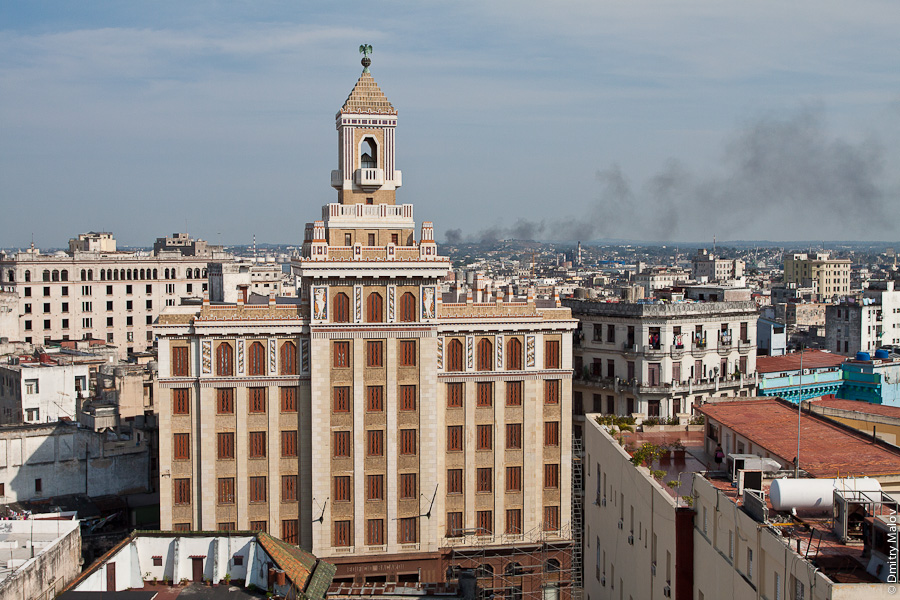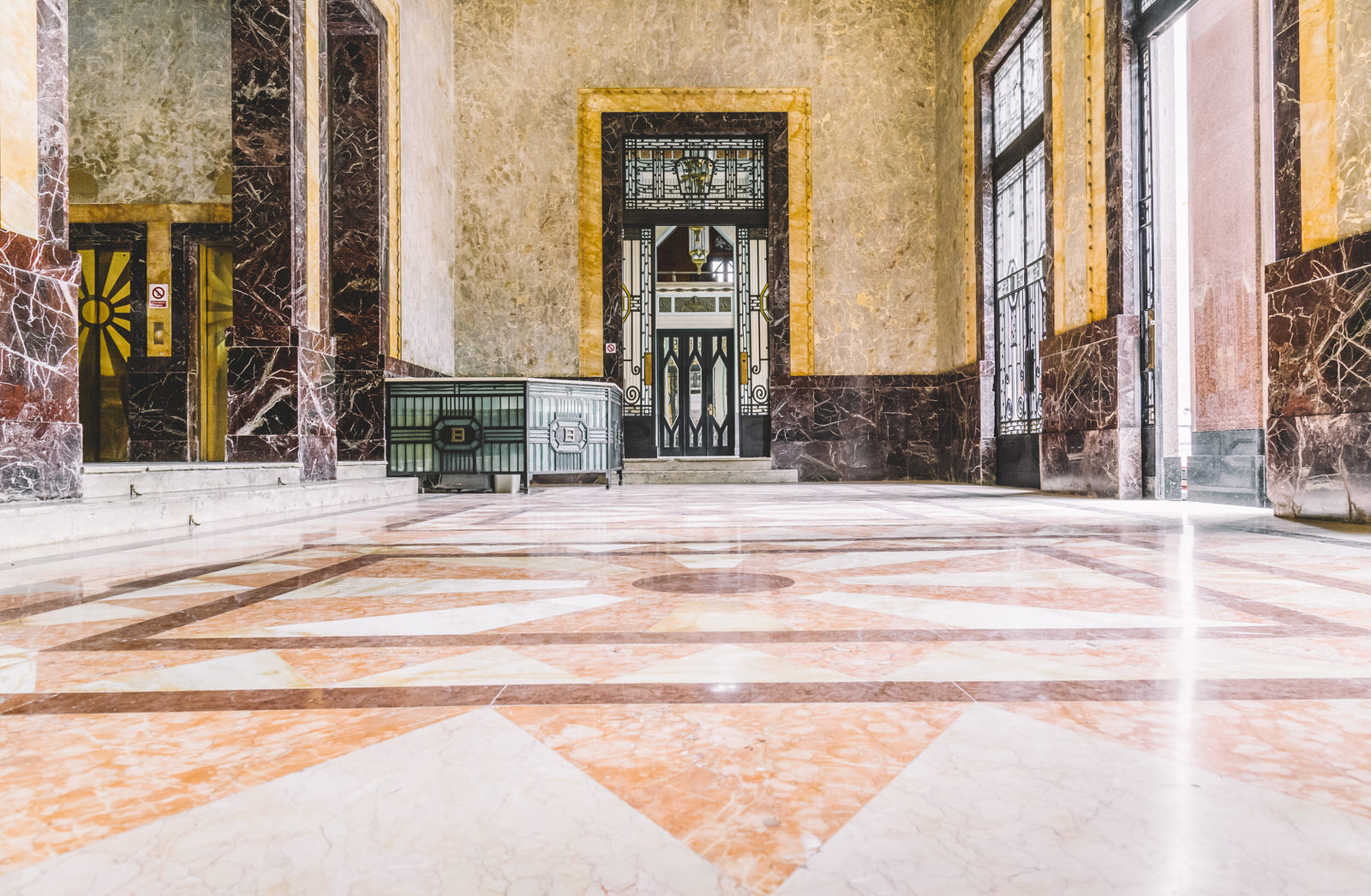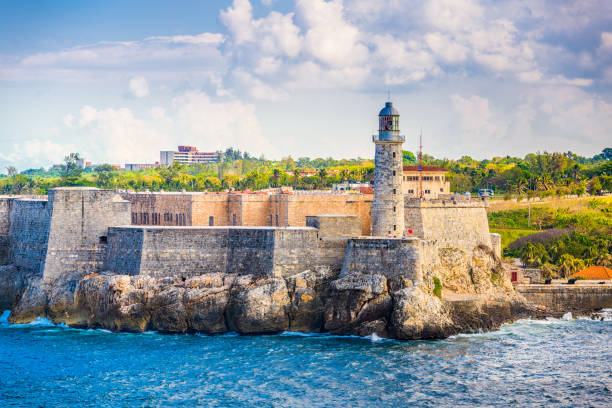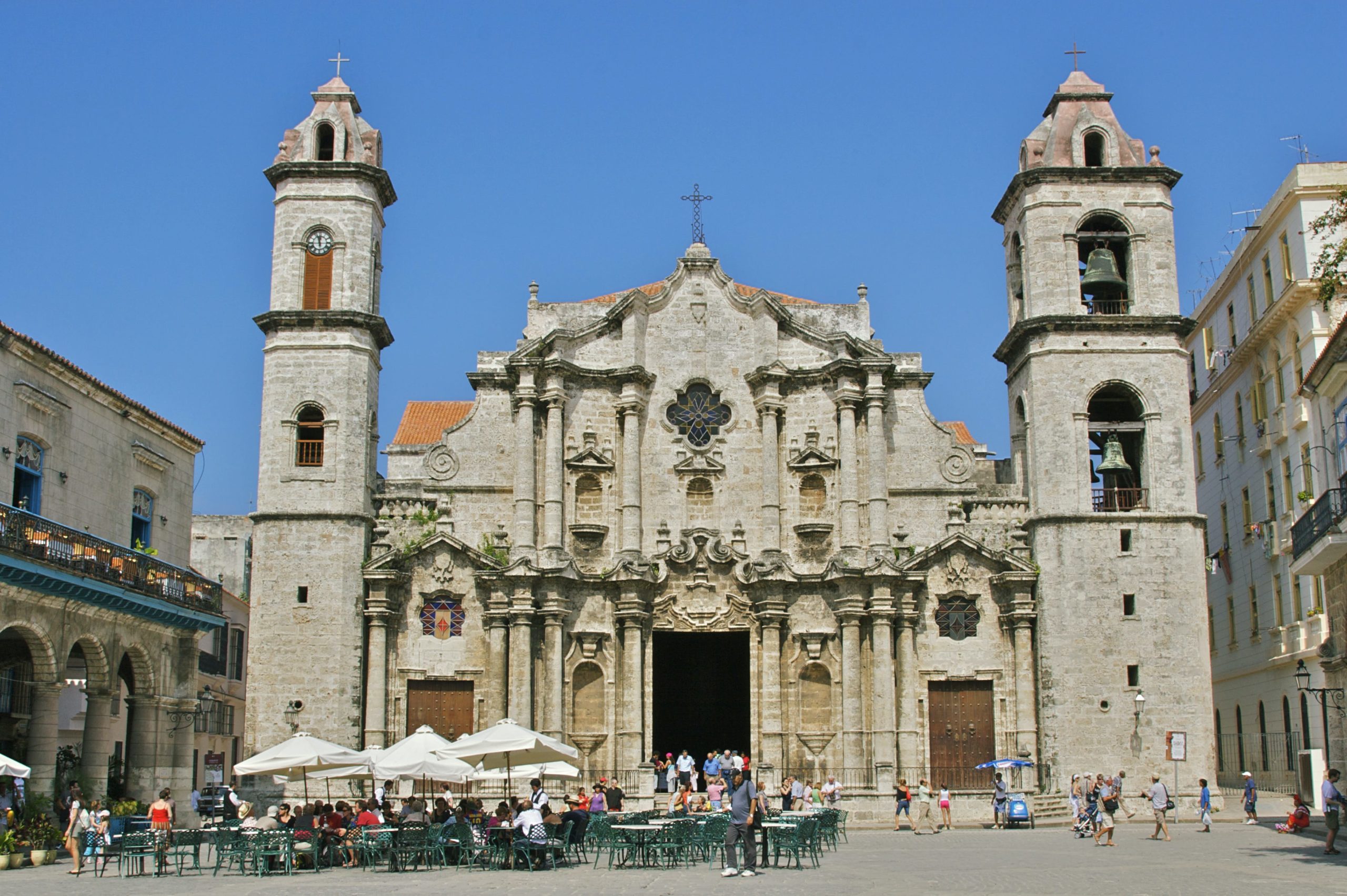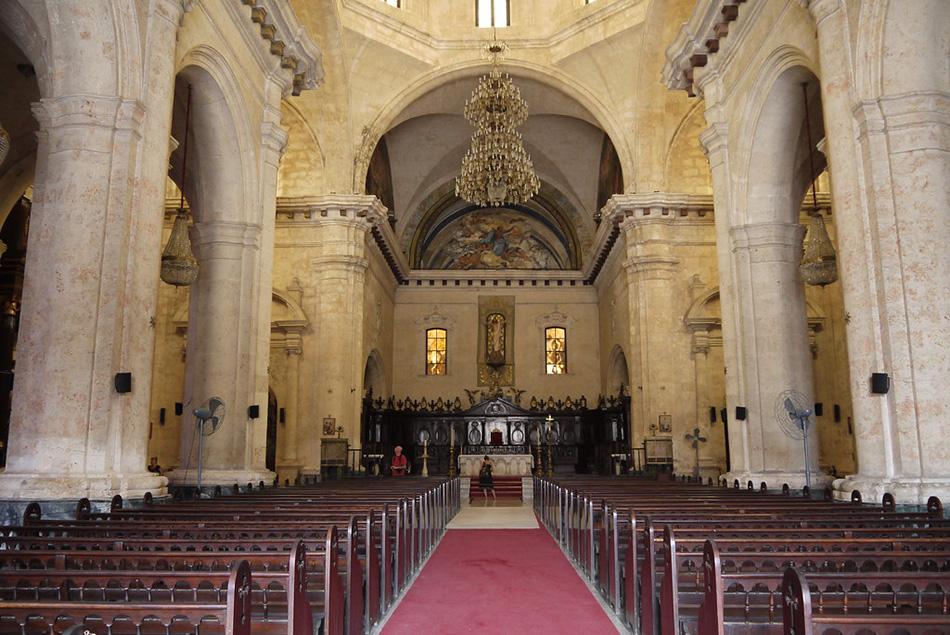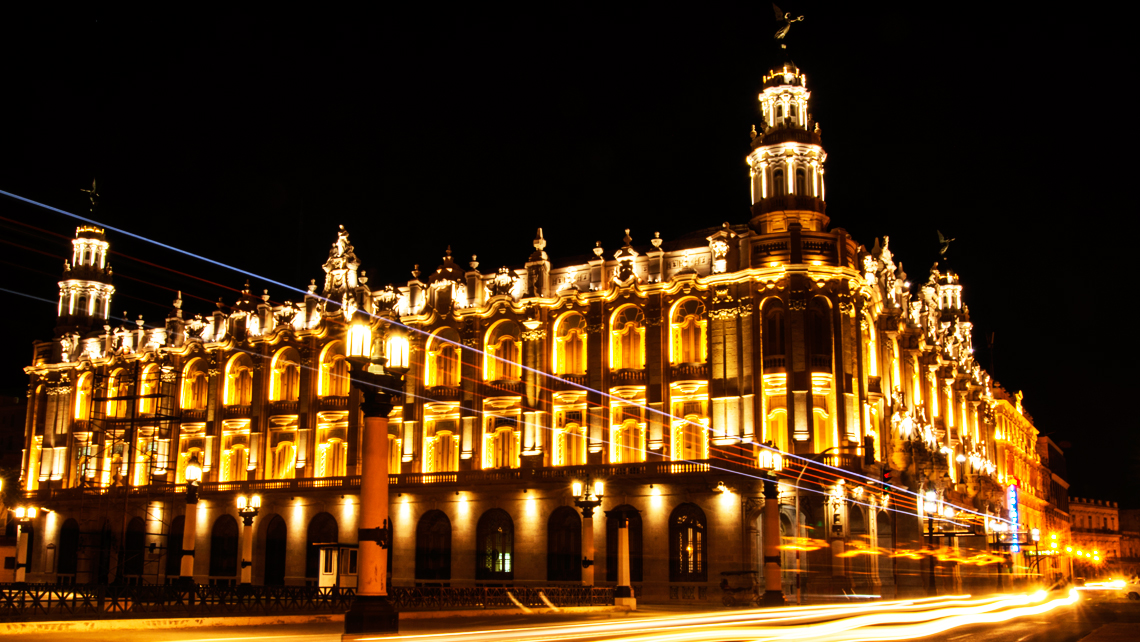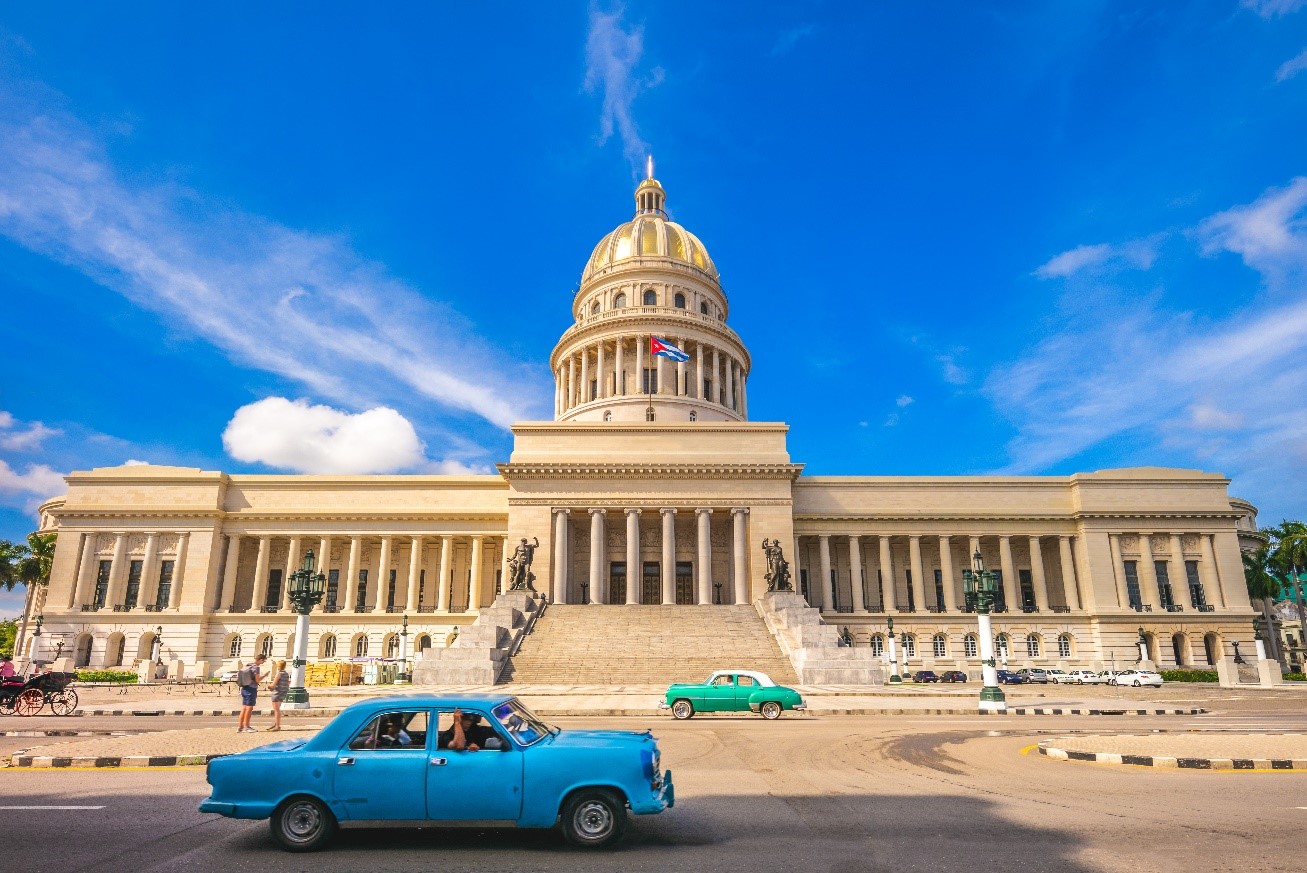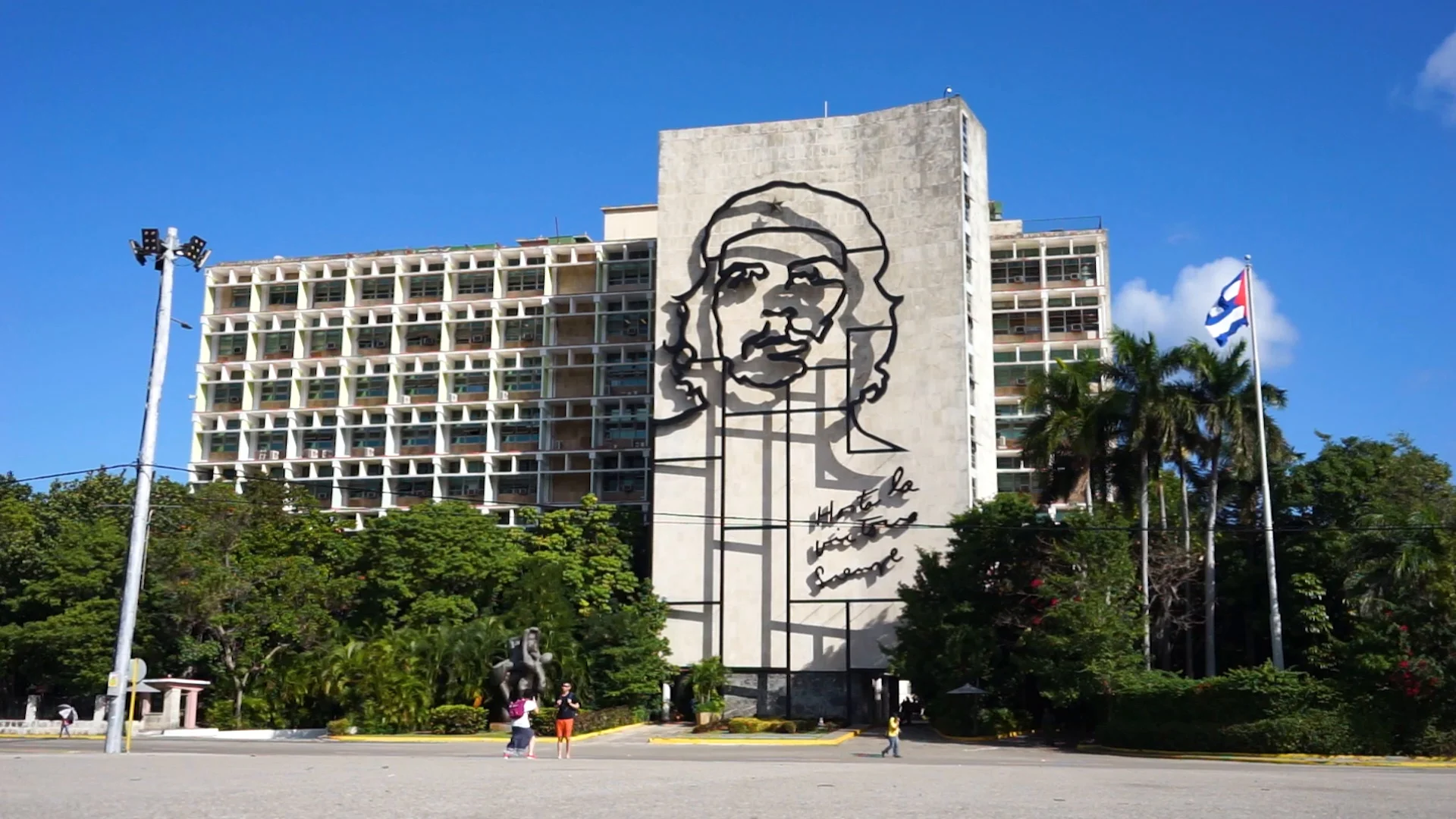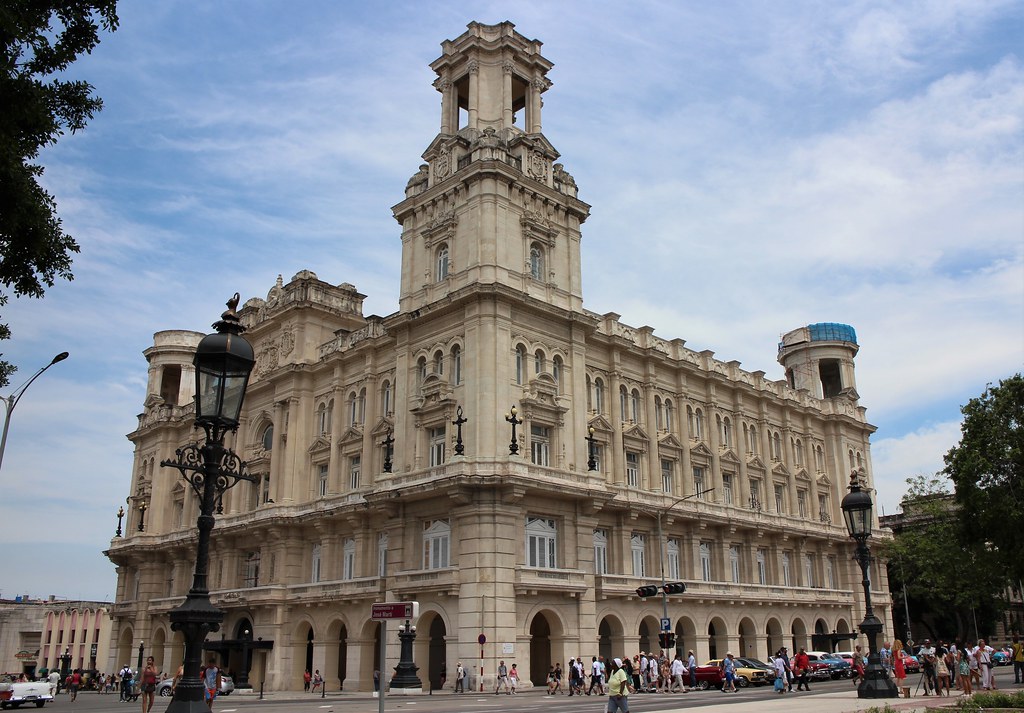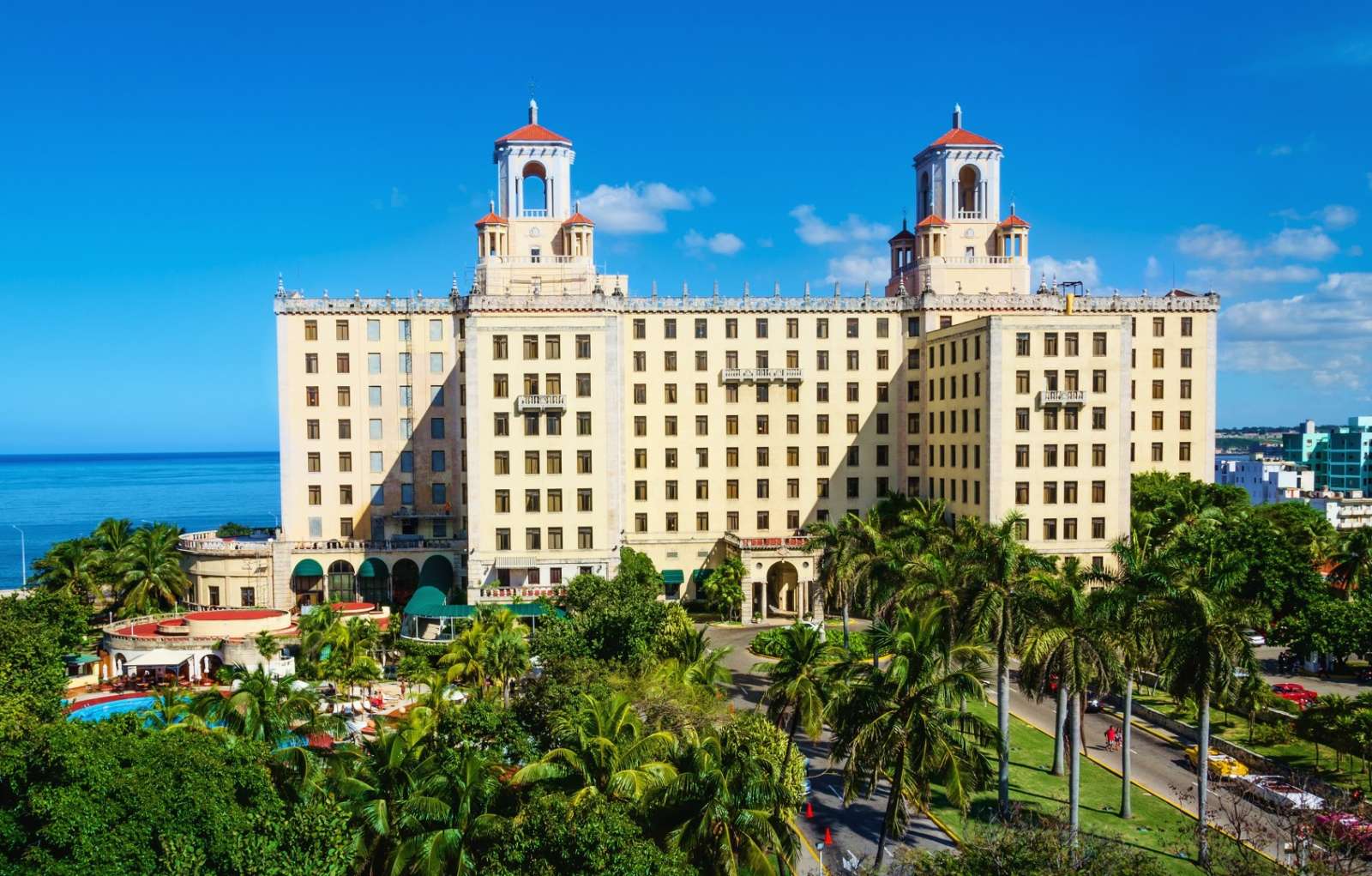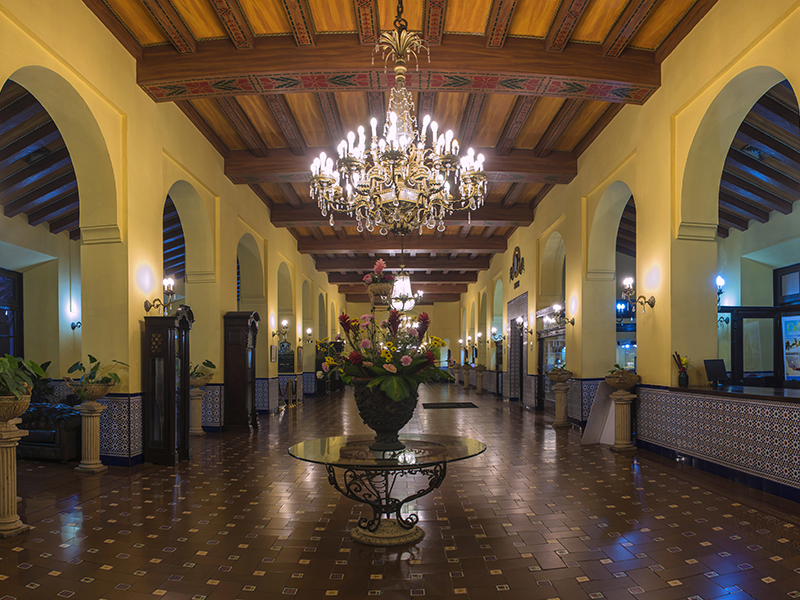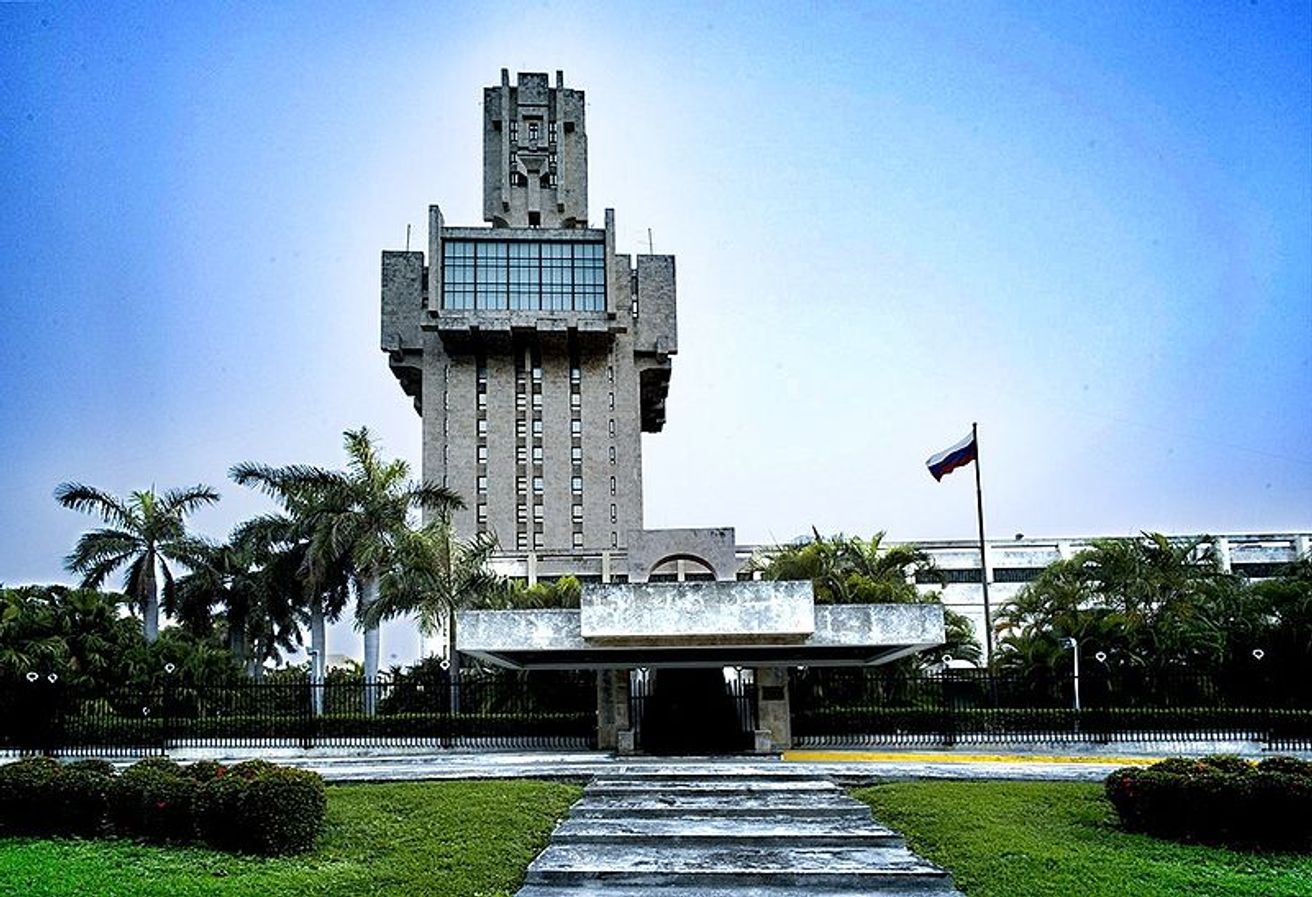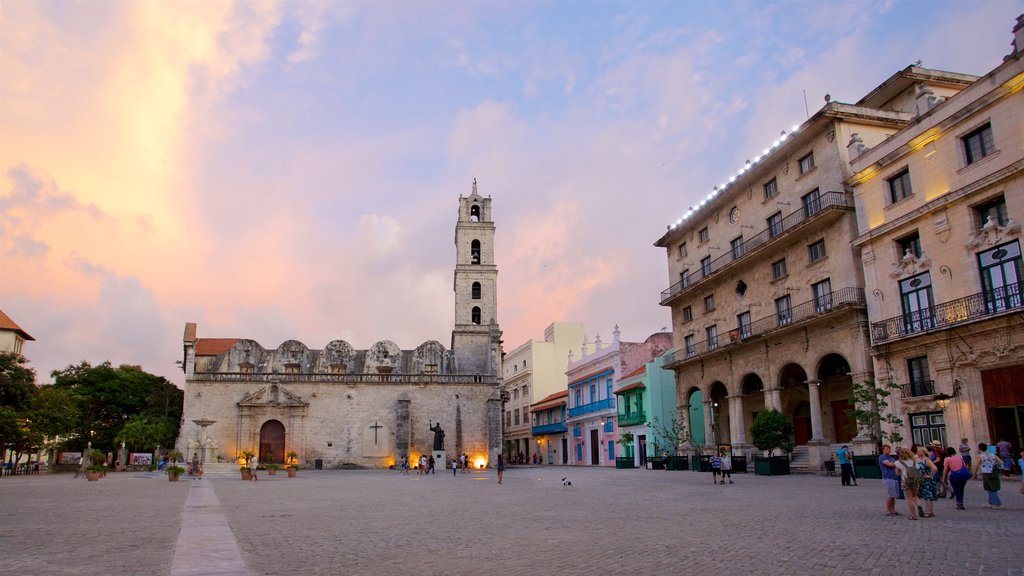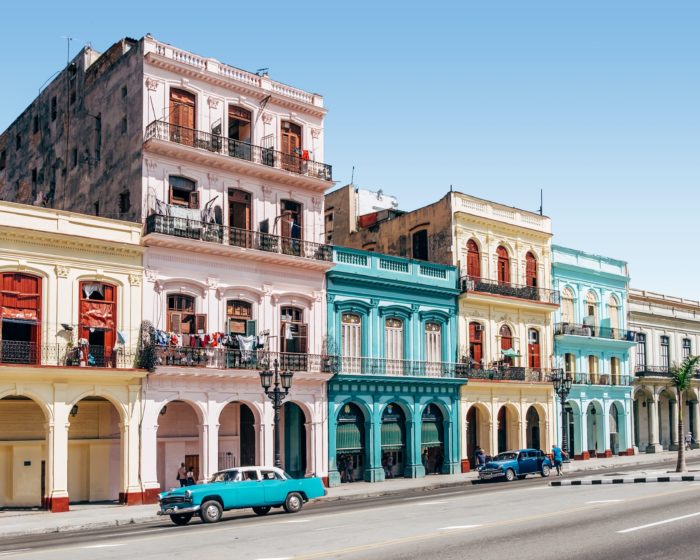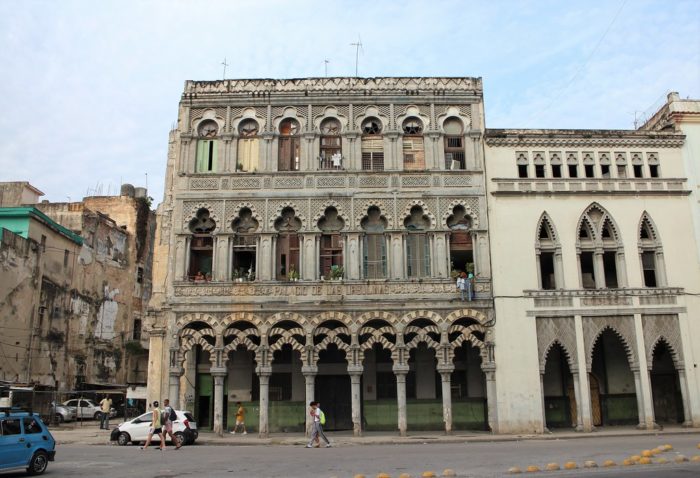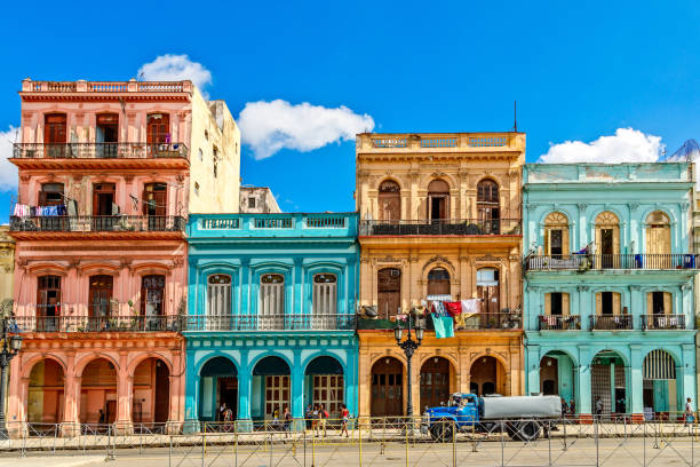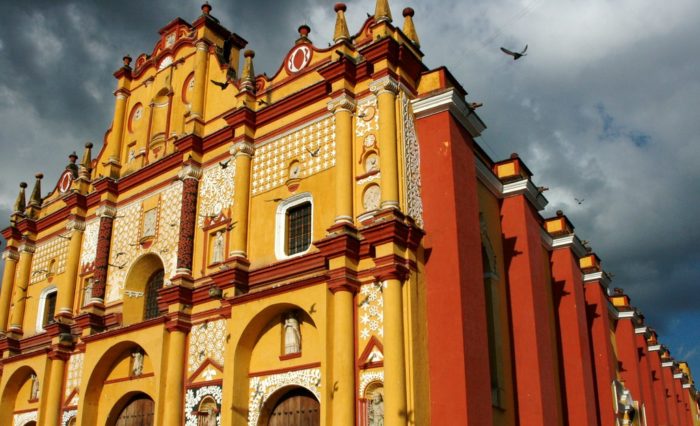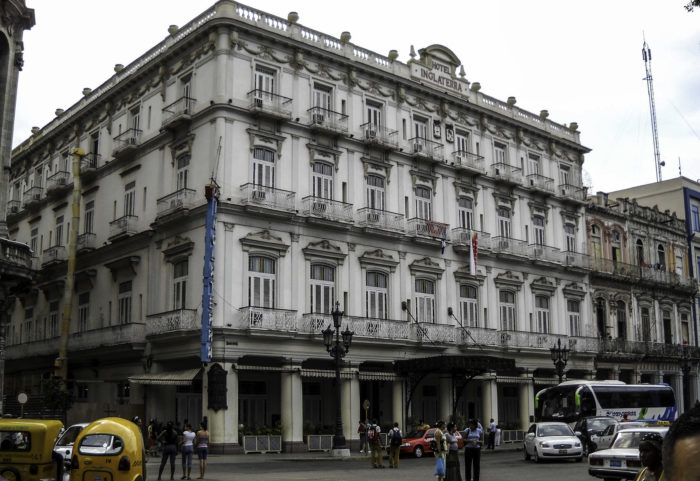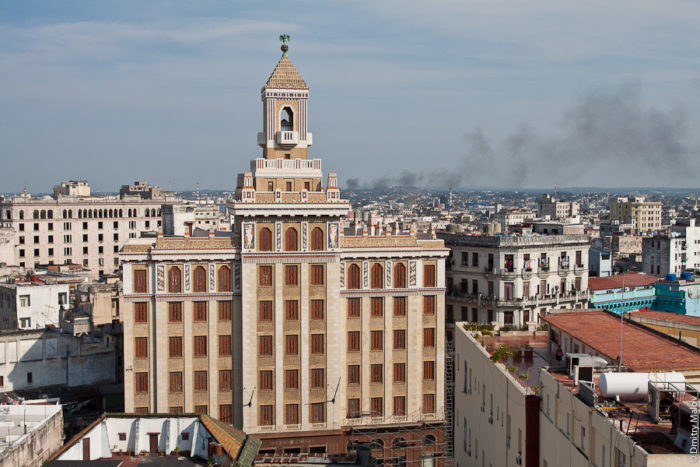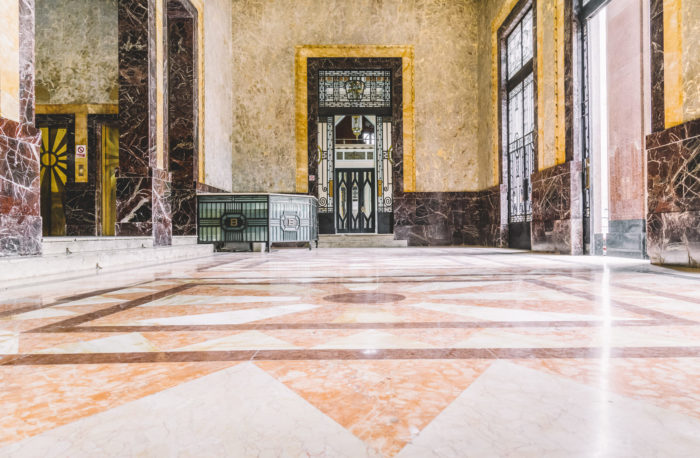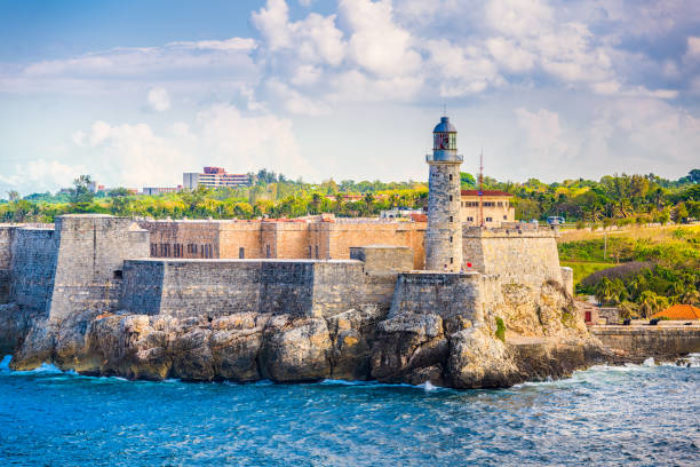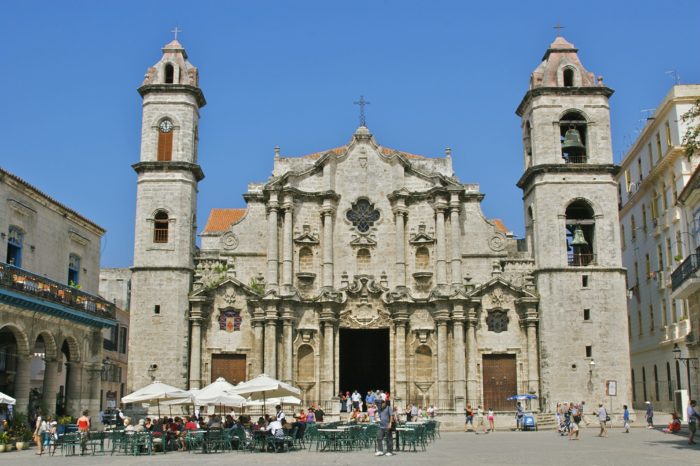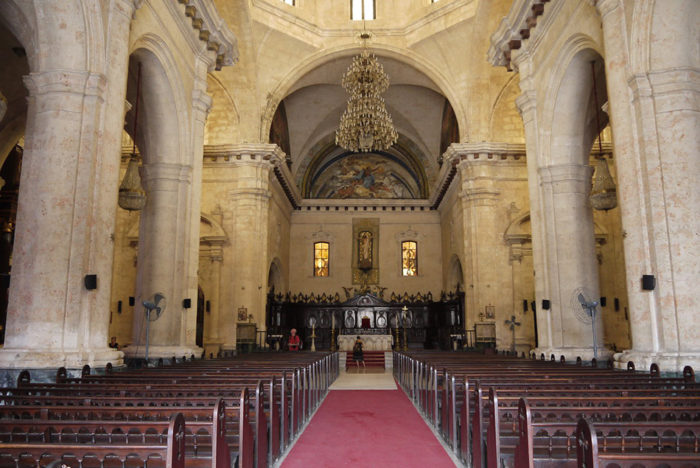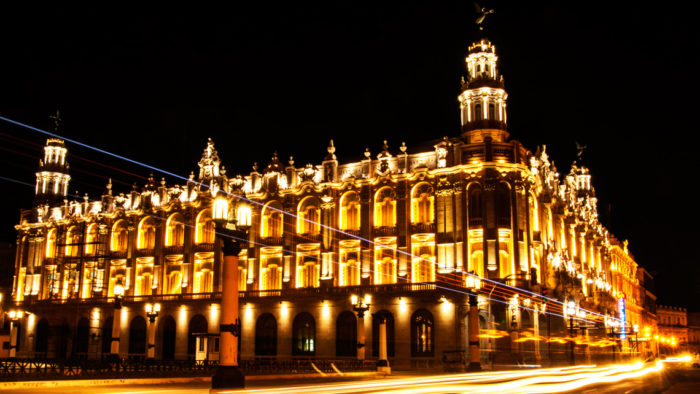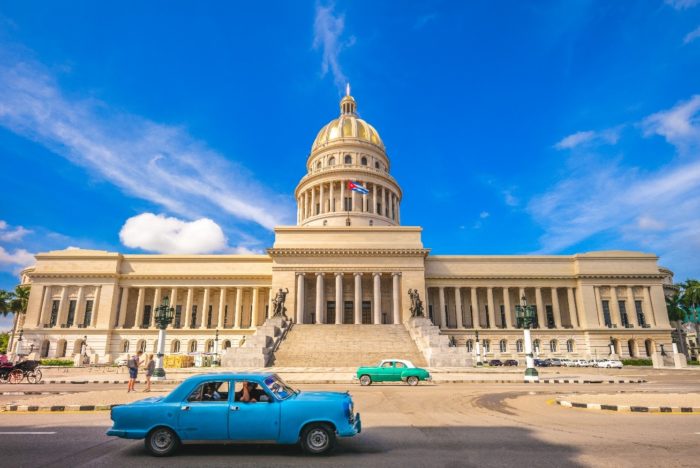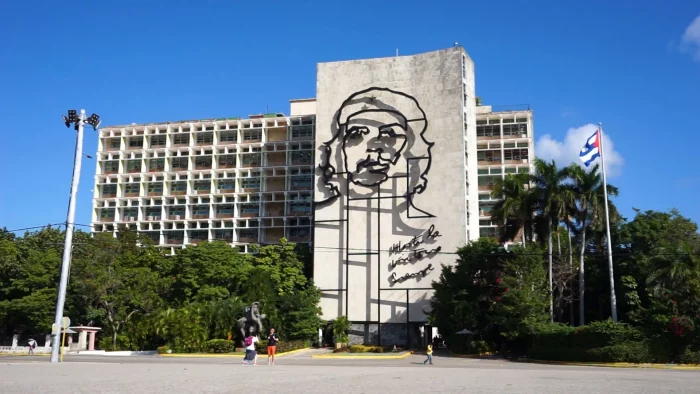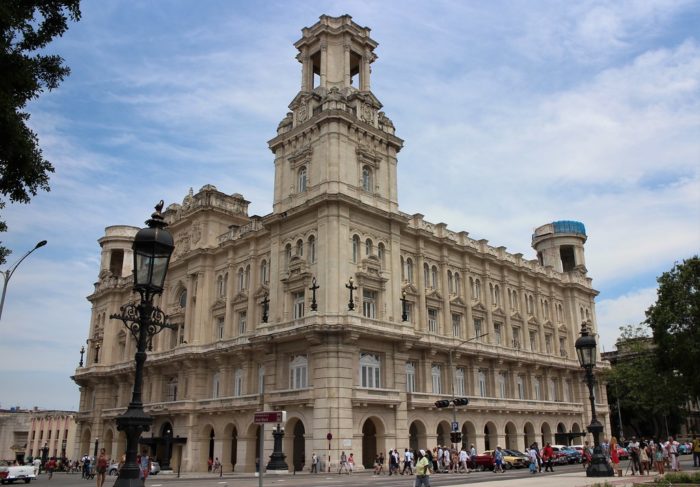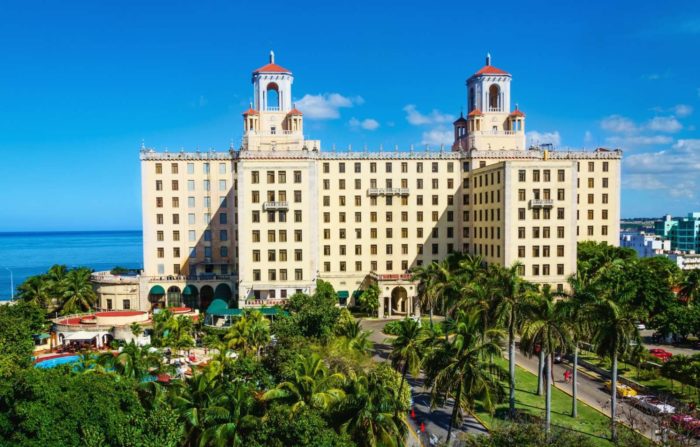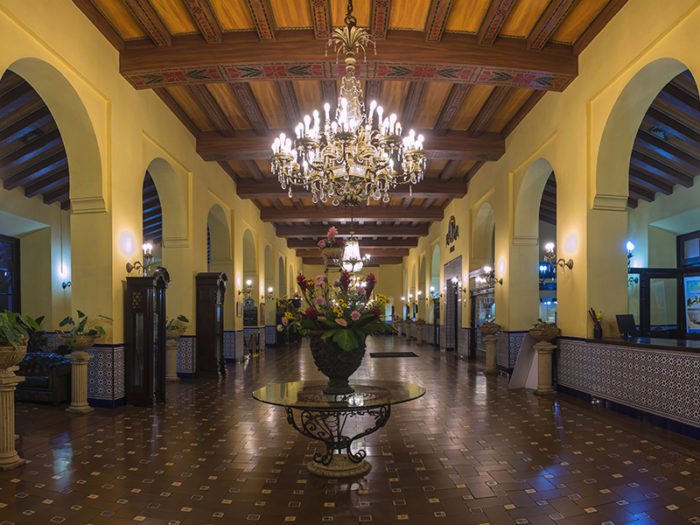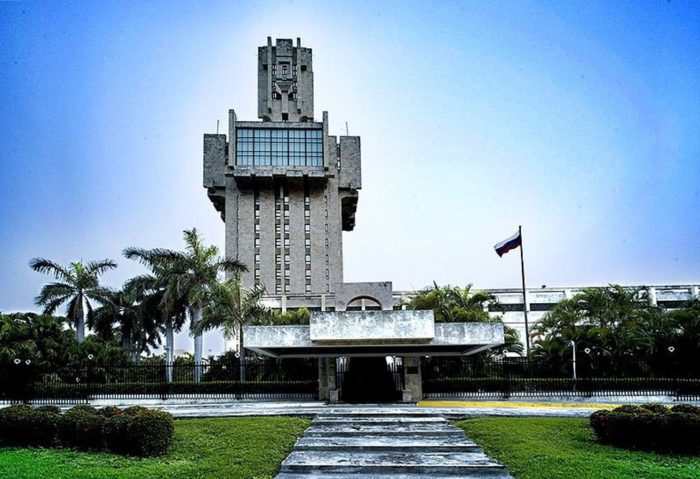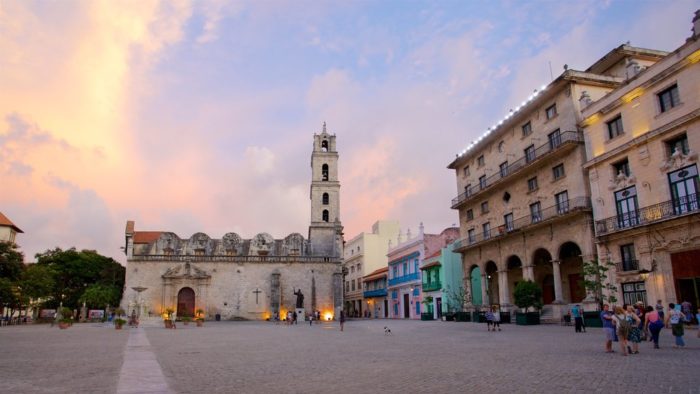The recognizable Color scheme of Cuban architecture is worth looking to for influence when designing an interior or exterior. From Spanish colonial-era castles and Catholic churches to opulent hotels and casinos constructed by the American mafia in the 1950s and prefabricated frame-and-panel dwellings built for the working class during the Cold War, Cuban architecture is a patchwork of styles from across the globe and across time.
In addition to some of the country’s most stunning structures, Havana is home to numerous noteworthy buildings with unique stories to tell.
What is the Cuban Style of Architecture?
Over the years, Cuban architecture has absorbed various styles, including Moorish, Baroque, Art Deco, and many more. These factors all contributed to the development of the distinctive and visually arresting cityscapes that can be seen around Cuba today. Cuban architecture has evolved over 600 years, beginning with the Spanish colonizers’ invasion in the early 16th century.
Fountains, patios, and beautiful tiles are just a few of the typical Spanish and Moorish elements that the first colonists came with them. They did, however, adapt these elements so that they would look well in Cuba and hold up to the country’s hot, muggy weather.
Traditional Havana residences featured “Grand Colonnaded Portales” built onto their façades to provide protection from the sun and rain in the city’s humid subtropical climate. Metal “Rejas” were installed over windows to ward off break-ins and improve ventilation. The entrances’ upper glass panels were tinted in a rainbow of colors to soften the sun’s glare.
Beginning in the 1750s, the mid-colonial period saw the slow but steady rise of Baroque architecture. Due to the absence of experienced artisans and the prevalence of slave labor, Cuban Baroque architecture takes on a more sleek and robust appearance than cities like Vienna or Paris. The 18th-century Catedral de San Cristóbal in Havana is considered an unconventional masterpiece of Cuban Baroque architecture.
After a massive slave uprising in 1791, many French landowners fled to Cuba from the French territory formerly known as Saint Domingue. The many French emigres who settled there after leaving either France or North America due to the United States 1803 purchase of the Louisiana Territory from France brought the neoclassical style of architecture to Cuba.
Midway through the 19th century, neoclassical architecture’s elegance and clarity began reaching other Cuban cities, eventually fusing with the Cuban Baroque style. Havana embraced a neoclassical design during this time, earning it the moniker “city of columns” from Carpentier, and many porches were built along the city’s bustling boulevards.
A Tour Through Cuban Architecture Finest Buildings
After gaining its freedom from Spain just before the turn of the century, Cuba prepared to reimagine itself as a progressive nation. New democratic institutions, affluent companies, families, outdoor spaces, and so on found a home in Havana’s opulent buildings in the early 20th century.
In addition to their practical use, these structures advertised Cuba’s success as a standalone country to the rest of the globe. Many of them are still the crown jewels of the local architectural scene. Let’s look at some of these gorgeous buildings that exemplify Cuban Architecture.
1) Bacardi Building
Established in 1930, the Bacardi building is one of the most stunning examples of Art Deco architecture in Cuba and Latin America. Records show that marble and granite for the building’s exterior, flooring, and interior were brought in from at least seven European countries: Germany, Sweden, Norway, Italy, France, Belgium, and Hungary. Initially constructed as the Bacardi Rum Company’s headquarters, it now functions as office space.
2) La Cabana Fortress
This spectacular structure, the third-largest colonial fortification in the Americas, was constructed as part of a scheme to strengthen Havana’s protection against invaders after the city was returned to Spain by the British in 1763. At 9 o’clock every night, a ceremonial cannon blast is recreated at the stronghold to mark the official closing of the city gates.
3) Havana Cathedral
This Catholic church, a prime example of Cuba’s early baroque style, features a façade of limestone blocks extracted from the sandy bottom of the Gulf of Mexico. Although not as lavish as the façade, the interior is also neoclassical.
4) Gran Teatro de La Habana
This neo-baroque structure, designed by Belgian architect Paul Belau and opened its doors in 1915, features four statues by Giuseppe Moretti that stand for charity, education, music, and drama. The theater is one of the country’s oldest and most significant cultural institutions.
While in Havana for his historic visit in 2016, U.S. President Obama addressed the Cuban people from this podium. Since 1964, the theater has been home to the Cuban National Ballet, the Lyric Opera House of Cuba, the National Spanish Ballet Company, and the famed Havana International Ballet Festival.
5) El Capitolio
The Capitolio Nacional de La Habana is a public edifice in Havana widely regarded as one of Cuba’s most recognizable landmarks. The building, which served as the Cuban Congress’s headquarters for the first three years after its completion, required three years and over five thousand people to complete.
It bears significant visual similarities to the United States Capitol Building. Using white limestone and granite, it was built in 1926 and is now home to the “Cuban Academy of Sciences” and the “Science and Technology National Library.”
Also Read: Architectural Imitation: Were the Designs of These Exquisite Buildings Copied?
6) Revolution Square
The city’s former municipal center, Revolution Square, is now a vast parking lot, serving as yet more remembrance of the Cuban Revolution. At this location, you may see notable landmarks like the Jose Marti Memorial, where Castro once gave a speech to his fellow citizens. Other Soviet-era structures line the site’s perimeter, and they, too, have become monuments thanks to the addition of connected artwork representing Che Guevara and Castro’s trusted advisor Camilo Cienfuegos.
7) National Museum of Fine Arts
This structure was once home to the Asturian Center, a place of socializing and charity serving Cuba’s Asturian community. This multicultural building, erected in October 1927, aims to wow with its luxury and beauty by blending Spanish Baroque and Plateresque styles. A prime example is the grand staircase that ascends to a glass mosaic skylight depicting Columbus’s ships docking in the Americas.
The structure was constructed using cutting-edge methods under the direction of Cuban architect Manuel del Busto. Fancy materials like marble were brought in from Italy, Spain, and the United States, while oak and cedar were sourced from Cuba. In 2001, the National Museum of Fine Arts was relaunched in a structure that had been renovated between 1999 and 2001 under the direction of Cuban architect Jose Ramon Linares Ferrara.
8) Hotel Nacional de Cuba
The Hotel Nacional, inaugurated in 1930, has been a landmark in Havana and Cuban culture ever since. The Hotel Nacional is one of Havana’s most significant hotels. Its location atop Taganana Hill, on the site of the former Santa Clara Battery, stretches back to the late 18th century. The hotel also has one of the city’s most dramatic settings, rising high above the Malecon with expansive ocean views. The hotel’s interior is just as impressive, with a cathedral-like lobby, halls, and plentiful communal spaces.
9) Russian Embassy
Locals refer to the Soviet-era Embassy as “La Espada de Rusia,” meaning “the Russian sword,” as a foreboding symbol of Cuba’s ties to the former USSR. “The Russian Sword” still proudly stands tall over the city. However, the constructivist tower and its neighboring property are now maintained by Russian diplomats and signify a political shift for the better.
10) Plaza de San Francisco de Asís
In the sixteenth century, work began on the massive Franciscan church and convent. The church’s foundation was supported by piles sunk into the ocean floor because of its proximity to the water’s edge. Even so, by 1719, the majestic chapel was dangerously close to collapse, prompting its demolition and reconstruction in 1738. The stunning church, decorated in Baroque style, is one of Havana’s most popular tourist destinations and Cuban architecture’s finest structures.
